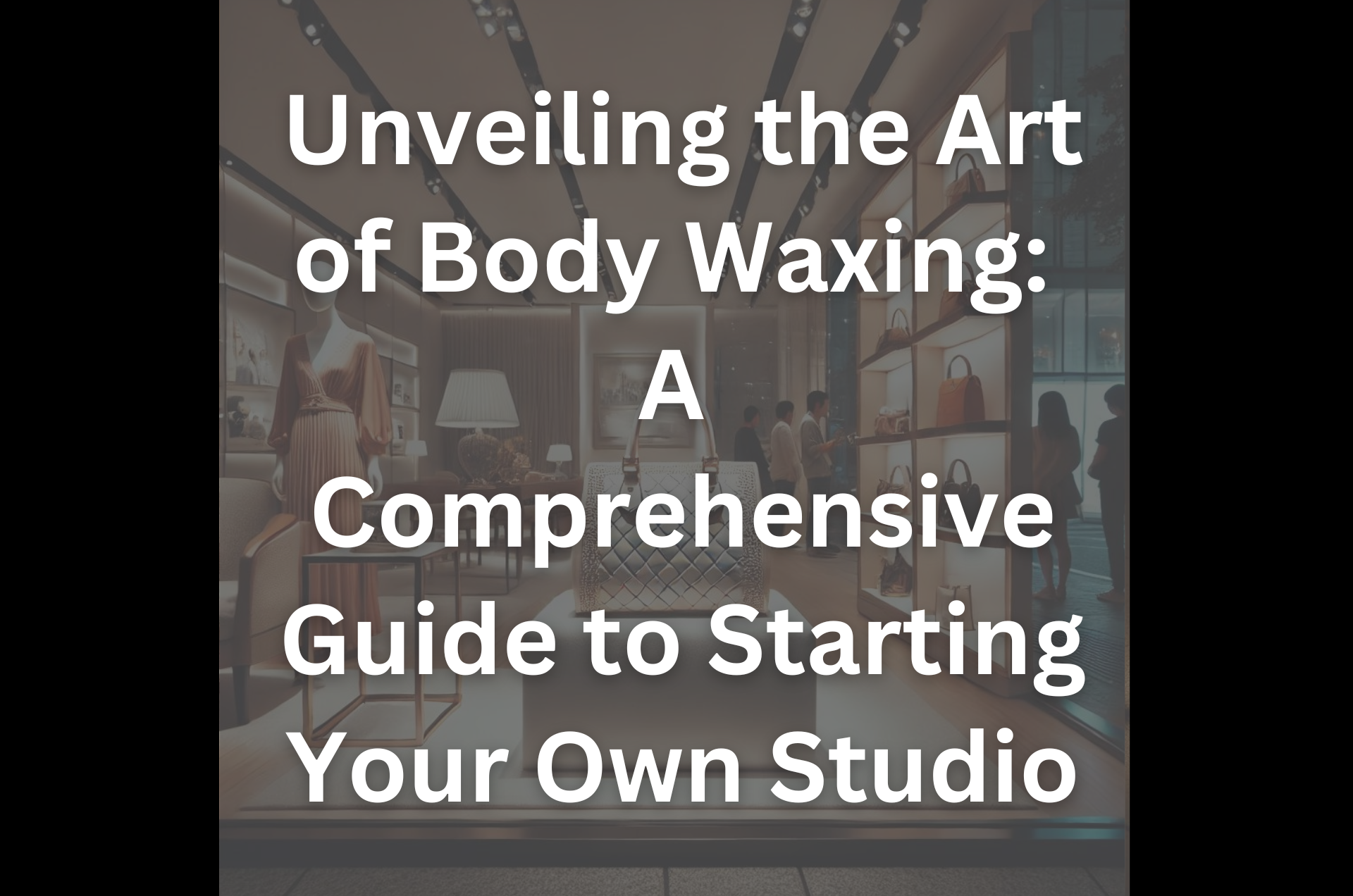**Disclosure:** We believe in honesty and transparency to the fullest extent. Some of the links on this blog are affiliate links, meaning, at no additional cost to you, we will earn a commission if you click through and make a purchase. This is one of the simplest ways you can support us.

The fashion industry is constantly evolving, offering endless opportunities for creative entrepreneurs. If you have a passion for design and an entrepreneurial spirit, launching a designer purse line could be an exciting and rewarding venture. However, transforming your creative vision into a successful brand requires strategic planning, dedication, and attention to detail. Here’s a comprehensive guide to help you navigate the journey.
Is This Business Right for You?
Before embarking on this journey, it’s crucial to evaluate whether starting a designer purse line aligns with your skills, passions, and long-term goals. This business is ideal for individuals who:
- Have a deep understanding of fashion trends and possess a unique design aesthetic that can set them apart in a competitive market.
- Are business-savvy or eager to learn about essential aspects such as marketing, sales, financial management, and manufacturing processes.
- Exhibit strong motivation, persistence, and patience since building a successful brand in the fashion industry takes time and consistent effort—this isn’t an overnight success story.
From Sketch to Sample: Bringing Your Vision to Life
- Design Development: Begin by sketching and conceptualizing your designs, keeping in mind your target audience, current fashion trends, and your brand’s unique identity. This stage is where your creativity shines, laying the foundation for your brand’s visual and emotional appeal.
- Pattern Making and Prototyping: If you have the skills, you can create technical patterns yourself, or you can outsource this step to a freelance pattern maker. They will translate your sketches into detailed patterns, which are then used to create a sample purse. This sample will be the first tangible representation of your design.
- Sourcing Materials: Quality is paramount in the luxury fashion market. Carefully research and select high-quality materials, such as premium leather, textiles, hardware, and embellishments. Your choice of materials will significantly impact the final product’s durability and appeal.
Production: Turning Designs into Reality
- Manufacturing: Decide whether to manufacture in-house or outsource production. In-house manufacturing offers greater control over quality but can be costlier and harder to scale. Outsourcing can reduce costs and simplify logistics but may require more rigorous quality control.
- Quality Control: Implement strict quality control measures to ensure that every purse meets your high standards. Consistency in quality is key to building a reputable brand that customers trust.
Getting Your Purses into Department Stores
- Building a Brand Identity: Develop a compelling brand story and aesthetic that resonate with your target audience. Your brand identity should communicate your values, the uniqueness of your designs, and the lifestyle your products represent.
- Wholesale Relationships: Approach department store buyers with a professional presentation, including a well-crafted line sheet, lookbook, and product samples. Building relationships with buyers is crucial for getting your products onto store shelves.
- Industry Trade Shows: Attend fashion trade shows to showcase your collection and network with industry professionals. These events are invaluable for gaining exposure and securing wholesale orders.

Marketing Your Purse Line: Creating Buzz and Driving Sales
- Online Presence: Build a user-friendly, visually appealing website and engage with potential customers on social media platforms like Instagram and Pinterest. Social media is a powerful tool for building brand awareness and connecting with your audience.
- Influencer Marketing: Collaborate with influencers who align with your brand to showcase your purses to a broader audience. Consider leveraging affiliate marketing programs to incentivize influencers and drive sales.
- PR and Media Outreach: Send out press releases to fashion publications and media outlets when launching new collections or announcing collaborations. Positive media coverage can significantly boost your brand’s visibility.
Things to Consider: Challenges and Realities
- Cost: Starting a designer purse line requires substantial investment, from material sourcing and sampling to production and marketing. Be prepared for the financial demands and consider securing funding or partnerships if necessary.
- Competition: The fashion industry is highly competitive, with many established and emerging brands vying for attention. Differentiating your brand through unique designs, superior quality, or a compelling story is essential to standing out.
- Legal Considerations: Ensure you understand the legal requirements for starting your business, including obtaining the necessary licenses, trademarks, and copyrights. Protecting your intellectual property is crucial in the fashion industry.
Conclusion: Making Your Mark in the Fashion World
Launching a designer purse line is a challenging but rewarding endeavor. It demands a blend of creativity, business acumen, and resilience. With a solid plan, attention to detail, and a unique product offering, your brand can carve out its place in the fashion industry, reaching milestones and earning a loyal customer base.










